Roaring tribute to Warren Johnson’s Cutlass honors a Pro Stock legend
They were the glory days of drag racing. It was a time when Pro Stock race cars were much more like the automobiles we drove, only faster, prettier, and a lot more fun. Among others, there were Bill “Grumpy” Jenkins and his small-block Chevy powered Vega, Bob Glidden’s Fairmont, Lee Shepherd’s indomitable Camaro, and Ricky Smith’s Firebird. And as the greatest era of Pro Stock racing drew to a close in the ’90s and early 2000s, the top dog was six-time NHRA world champion Warren Johnson and his beautiful Oldsmobile Cutlass.

While Johnson retired from active competition more than 20 years ago, one of his favorite race cars—an Oldsmobile Cutlass that took him to his first NHRA season championship in 1992—has returned in the form of a nostalgia race car. The car you see below may look like Warren’s car, but it is in fact the 200-mph Nostalgia Pro Stock of Kevin Lawrence.
A cosmetically identical but mechanically updated replica of the Cutlass that Johnson campaigned back in the day, Lawrence’s Olds has made the pilgrimage to Midwest drag strips both in testimony to Johnson’s achievements and in celebration of an era long gone. The Cutlass has recorded 6.8-second quarter mile clockings at speeds of over 200 mph. It is owned, driven and wrenched on by Lawrence himself, a perennially underfunded racer who once did his best to compete with the likes of Johnson and the other Pro Stock super stars while working days at a body shop and running his race team out of the two-car garage behind his suburban Chicago house.


In 1976, when Warren Johnson embarked on a Pro Stock drag racing career, Lawrence was pulling up to the starting line in his potent ’68 Chevelle on a dark and deserted Illinois road. It was about midnight. An aspiring journalist covering street racing for High Performance CARS (a “bad boy” of car publication at the time) was on hand to record the action.
Lawrence was a racer with no bankroll, enormous energy, and impressive brain power. He was trying to earn a living taking on challengers on the street at triple-digit speed, long after most folks are in bed. Earn a living he did, banking enough over more than ten years to cover the down payment on the Palos Hills, Illinois house where he and his wife Pam Pappas Lawrence would raise two lovely daughters—and build more than a few race cars.
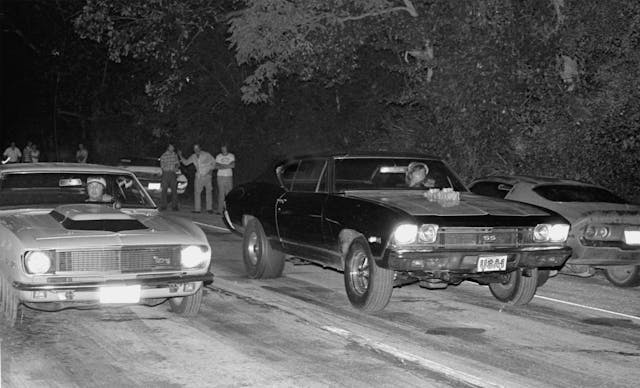
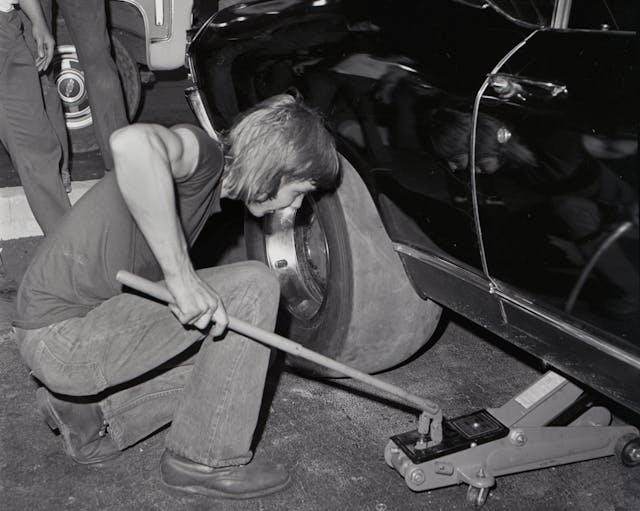
With a family to consider and the threat of arrest always looming, Lawrence began to reconsider street racing. “I kind of grew up,” he said. “The way we raced on the street in the ’70s was relatively safe, but as development took over Chicago’s once rural southwest suburbs, even the roads that had been devoid of traffic became heavily traveled. Street racing grew more dangerous by the day. But my main concern was that street racing was illegal, and I wanted my kids to understand that breaking the law has consequences.”
So, with his wife—his racing partner since high school—at his side, he marched off to NHRA’s Pro Stock wars. The leap from the street to professional pro stock racing was a long one, and a smooth landing proved elusive. Lawrence recalls one weekend when 36 Pro Stock cars, most of them running on budgets of more than $10,000 dollars a week, attempted to qualify for a 16-car field at Memphis. The 16th qualifier recorded a quarter-mile elapsed time of 6.803 seconds. Mr. Lawrence, running on a budget of flat broke, was number 21 with a 6.806-second clocking.

It was in Pro Stock competition that Lawrence met Johnson, who shared his view of racing as a way to earn a living rather than a source of ego gratification. Johnson had come from as humble a beginning as Lawrence—he learned mechanics trying to keep the family tractor running and learned to control a car driving on ice and show.
But by the time Lawrence arrived on the scene, Johnson was a seasoned veteran who rarely had trouble qualifying for an event. He had broken into professional drag racing much earlier and had built an impressive operation by the 1990s. Johnson’s career record is among the best in drag racing history, with 6 NHRA world championships, 97 event wins and a couple of IHRA Mountain Motor championships. A brilliant tuner and expert engine builder, he earned the nickname “Professor” and retired in 2013 at the top of his game. He now develops high performance motors for various types of motorsport but steers clear of NHRA Pro stock.
Johnson has known Lawrence for close to 20 years. “I leased him a motor once,” Johnson recalls. “He would ask a few questions now and then, and I would offer what I could. He tried to run his own program and actually did a pretty good job of it.”
Lawrence soldiered on in the Pro Stock battles after Johnson had hung up his fire suit, but a rule change that forced Pro Stock teams to switch from carbureted to fuel-injected engines in 2016 further complicated the financial picture. “Teams were spending 15 to 20 thousand a week trying to adapt to the rule change,” said Lawrence. “I couldn’t do it, so I bailed and sold everything.”
With more than half a century of drag racing under his belt, Lawrence was far from finished. As reported on this site, he drives Dick Messino’s 200 mph “Shake, Rattle and Run” ’57 Chevy. But the allure of classic Pro Stock machines continued to move Lawrence.
The obvious answer was a Nostalgia Pro Stock, a cosmetically correct duplicate of a great car of the past. With drag racing fans hungry for what used to be, track owners have turned to booking retro shows of nostalgia cars rather than paying top dollar for today’s top NHRA talent. Lawrence knew a car that invoked the past could be a money maker. And what could be better than one of Johnson’s best cars, his 1991 Oldsmobile Cutlass, one of the prettiest and quickest cars of its era.

“I started running that body style in ’89 and in “92 we won a championship with it,” said Johnson. “It was aerodynamic, probably the best car GM produced for Pro Stock racing.”
“I discussed the idea of a Nostalgia Pro Stock with Warren in early 2019,” said Lawrence. “We were both at Pomona (then the site of NHRA’s Winternationals), and we looked at one of his old cars that was competing, but I decided against buying that car.”
But Lawrence returned to Chicago with Johnson’s approval to build a replica of the ’91 Cutlass. Starting from scratch with a new chassis and body was financially unrealistic, but soon, a friend told him that a Cutlass Pro Stock that once belonged to NHRA racer David Nickens was listed on Marketplace in San Francisco. It wasn’t much more than the bare bones of a used race car, but its chassis had been constructed by the highly respected Jerry Haas, and although outdated, it was a solid foundation on which he could build.
Lawrence purchased the car, had it shipped to Illinois, then dug in and got to work upgrading the chassis to current safety specs. He added tubing as necessary to make it as solid and rigid as later model cars and upgraded the shocks and struts to Penske/Drzayich components that are infinitely adjustable and engineered to handle race tracks good and bad. Then Covid reared its ugly head, and Lawrence ended up in the hospital barely able to breathe.
“We thought he was a goner,” said Pam, but he rallied and was back at work in a few weeks.
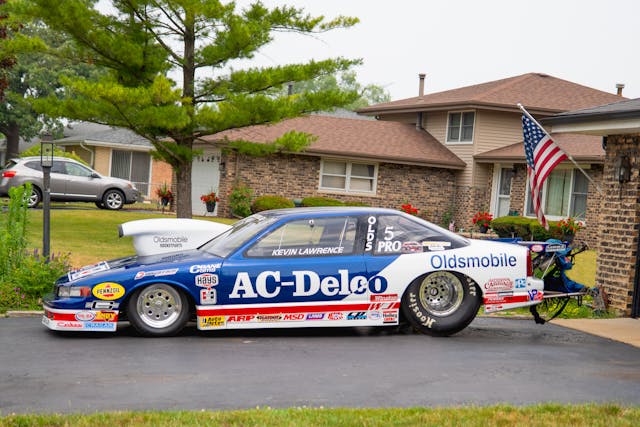
Lawrence had originally planned to run a 500 cubic-inch engine, like those used in NHRA Pro Stock, but Johnson talked him out of it. The Professor’s experience with huge displacement motors in IHRA competition had demonstrated that that a big motor could deliver great performance with reliability. So, Lawrence purchased a used Dart racing engine, a highly modified version of a big-block Chevy that displaces 622 cubic engines with Siamesed cylinder bores of 4.632-in. diameter and a stroke of 4.61 inches. With a much higher deck than the factory Chevy engine and revised lower end architecture, it can accommodate the long stroke necessary to achieve that much displacement. Lawrence freshened it up with a thorough look through, a valve job and a check of all vital specs. The engine generated over 1300 horsepower and more than 1000 lb-ft torque on a dyno.

Warren and Arlene Johnson pitched in to help Kevin and Pam Lawrence get the Cutlass clone on the track. Numerous parts from the Johnson inventory were shipped to the Lawrence house including titanium wheely bars and Johnson’s own multi-disc clutch, a key tool in the go-fast wars. Arlene who has files of decals and other trim pieces used on the various Johnson cars, dug out the appropriate pieces for the 1991 Cutlass and the car was painted at Modern Carriage Werks in Bridgeview, Illinois, the body shop where Lawrence works when he’s not at the race track. Ken “Stits” Sowinski, the legendary Chicago-area lettering artist, made the car a perfect match for the original.

After a year of hard work in that same two-car garage behind the Lawrence’s suburban Chicago home, with Pam, their daughters, son-in-laws and grandchildren all pitching in, the car was ready for the racetrack. Kevin and the Cutlass compete at Midwest Pro Stock Association events. That series was conceived by the late Jim Wick in the ’80s but has been revived as a nostalgia show by Lawrence, Rick Jones, Dave River, and Jeff Wick. The field includes replicas of classic Pro Stocks, including Mike Ruth in Glidden’s Fairmont, Mick Beck in Ricky Smith’s Motorcraft Thunderbird, Tyler Shenuk in Jerry Eckman’s Pennzoil Firebird and more. Thus far they’ve booked eight races for 2023 at Midwest dragstrips.

It’s a show worth seeing. In the pits, you can get a close look at all the classic race cars, along with the entire Lawrence clan. Guests are welcome to watch Kevin and crew pore over the car looking for a few extra ponies. Sometimes the grandkids drive their junior dragsters in on-track competition and provide some bonus entertainment. And you can leave with a Kevin Lawrence/Warren Johnson t-shirt, a great memento of all that drag racing once was.
***
Check out the Hagerty Media homepage so you don’t miss a single story, or better yet, bookmark it. To get our best stories delivered right to your inbox, subscribe to our newsletters.

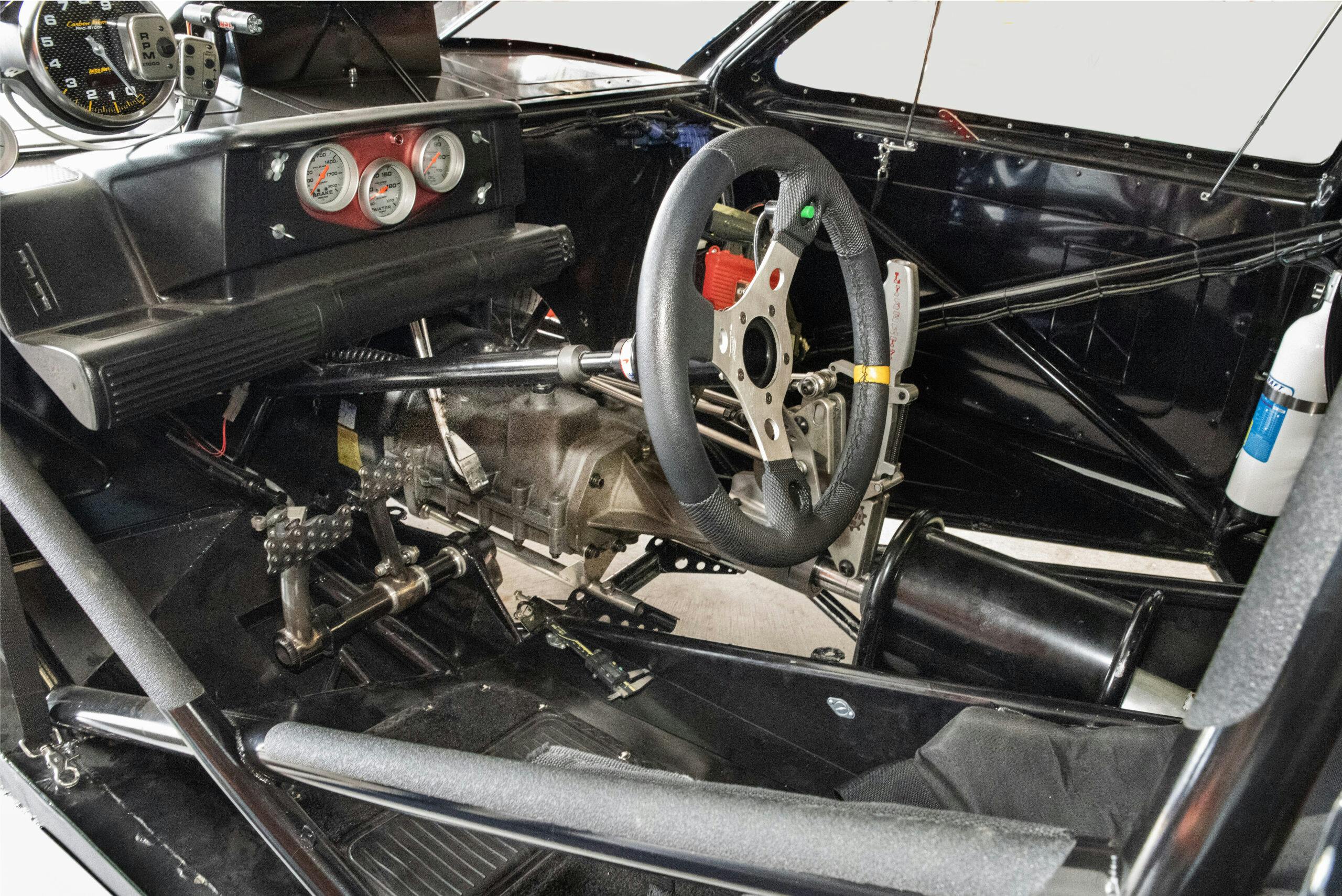

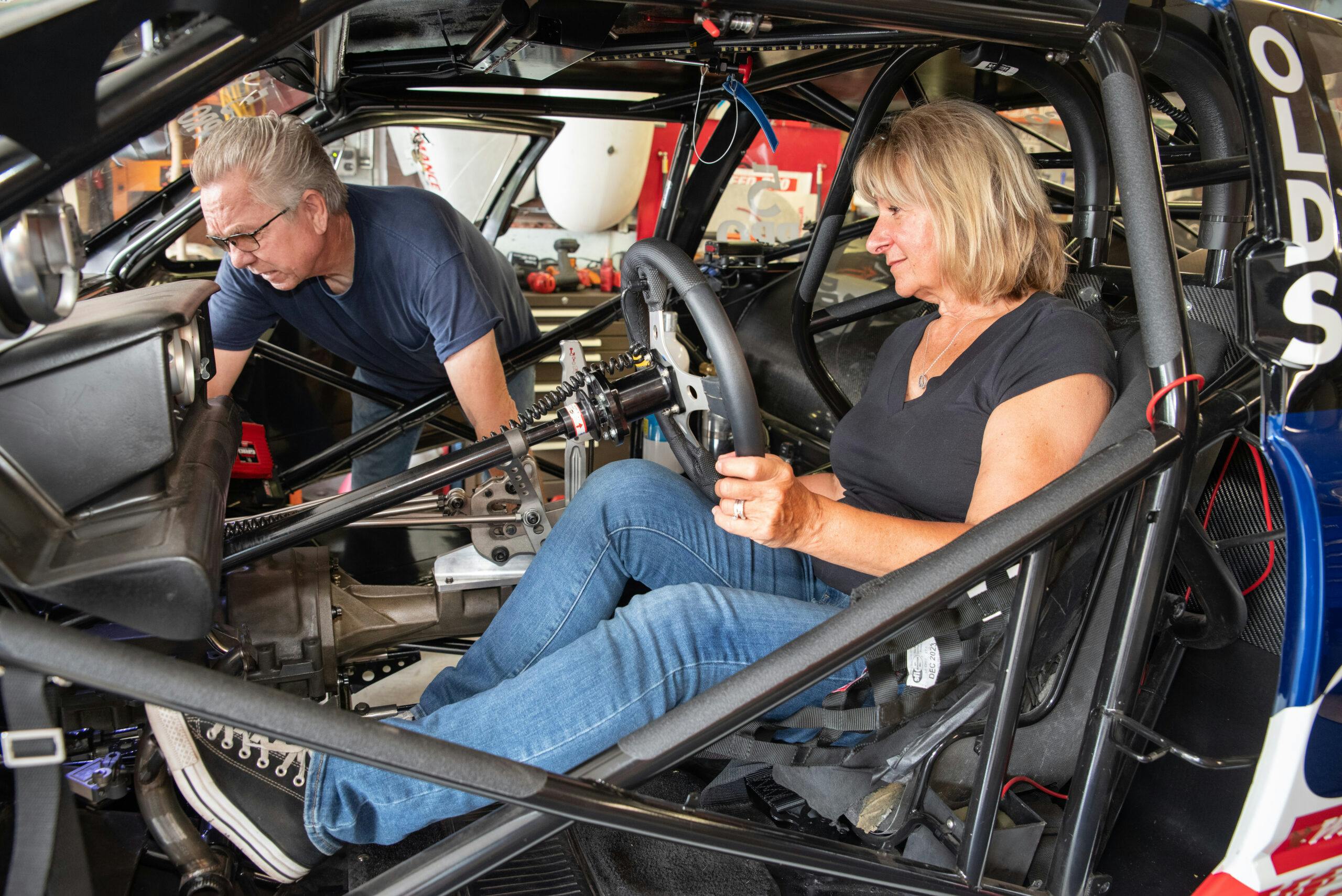


Very cool story. What a different era of drag car.
In the book on WJ is a picture of the “crew” taping a box on the hood as a “hood scoop” was required. From humble beginnings in the Northern Woods of Minnesota to the pinnacle of the class, amazing. The downfall for WJ was CRC machining as the black “magic” of manual machining of heads and intake manifolds became obsolete as others could duplicate what you had if they got a hold of it. What a great time for the Pro Stock class from the 70’s to the early 2000’s.
Warren Johnson was a great drag racer, but nobody would ever call him Mr. personality because he wasn’t that friendly but his wife was very nice